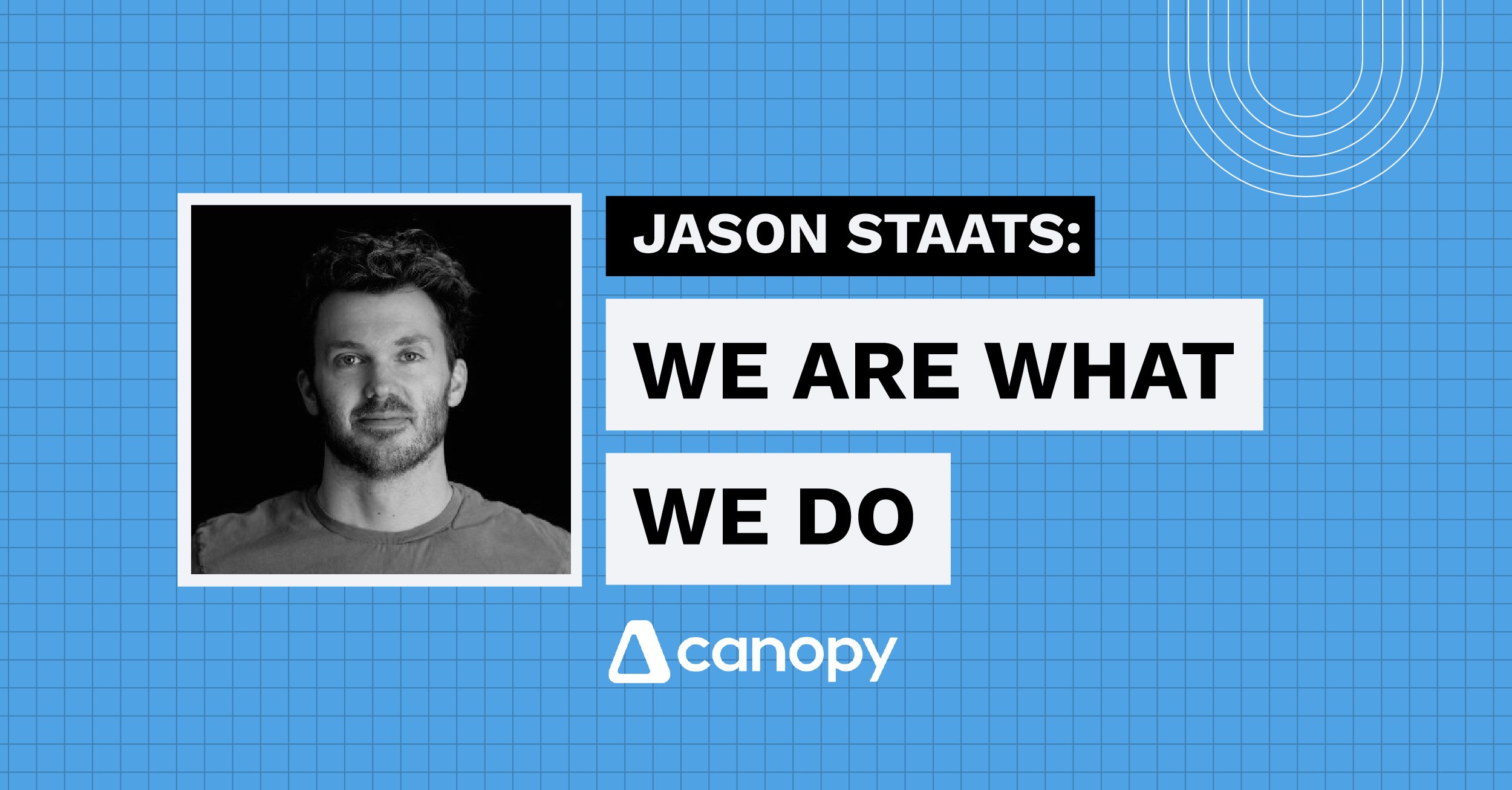Accounting firms are in the middle of a massive shift.
The tools are changing, the expectations are higher, and the old ways of working just don’t line up with the firm we want to become.
And let’s be clear, this isn’t about chasing shiny tech or overhauling everything overnight. It’s about taking an honest look at what fills our days, and whether those actions reflect the kind of work, culture, and future we actually want to build.
In this blog, we’re sharing 7 accounting workflow strategies from Jason Staats that are helping firms move the needle.
Let’s dive in.
Taking Stock of What We Do
We are what we do. Not what we say we want to do, or what our mission statement claims we do, but the actual tasks we fill our time with every day.
Take a hard look at your timesheet. Are you chasing clients for documents? Managing your inbox instead of advising clients? That’s the real picture of who you are right now.
The truth is, most firms don’t mean to become glorified document-gatherers. But when clients see that 80% of your emails start with “Just following up. I still need these three forms from you…,” they start to believe that’s what they’re paying for. That perception becomes reality.
If you want to change the way clients see you, you have to change the work they see you doing. And that starts with shifting the work you do each day.

De-Skilling Tax Intake
Busy season is brutal, but not always for the reasons we think.
In most firms, a huge percentage of tax season isn’t spent preparing returns, but rather hunting down what’s missing. For many firms, 30% of total staff hours are lost to following up, checking what came in, what didn’t, and what may have been misplaced.
So, when should a 1040 actually begin? When the first document trickles in? When the client says they’re “ready”? The right, and most obvious, answer is when all the information is in.
This is where de-skilling comes in. The pros shouldn’t be chasing documents. That work can be pushed down the skill curve to admins or operations staff, who can own document requests, checklists, follow-ups, and status tracking.
Two firms doing the same 1040 can operate at totally different efficiency levels. One with high-cost staff juggling PDFs, and another where the admin team preps clean, complete files before a pro ever touches them.
Push work down the expertise ladder, and you pull your whole team up.
Centralizing Pre-Accounting
Your month-end close shouldn’t start with panic on the 10th of the month. Really!
But for many firms, that’s exactly what happens. You log in, find that a client password doesn’t work, or realize you’re missing half the reports you need, and suddenly, the deadline’s here.
The fix here is to centralize the “pre-accounting “ layer. Build one shared tracker that lists every recurring fetch item across every client: What it is, where it lives, and where it goes. Then let your admin or operations team own that process.
At first, that team might just download statements and screenshots. But soon, they can name files correctly, drop them in the right folders, annotate them, even tie out simple balanced. Over time, they start to look more like bookkeepers.
When you do this, pros end up spending more time doing accounting, and your firm gains back the hours that used to evaporate into busywork.
Rethinking Review
For a lot of firms, review is the bottleneck. But here’s the shift that works: structure review like a skill ladder.
Start by categorizing returns or projects by difficulty. Say Levels 1 through 6. Then, certify your staff not just to prepare a certain level, but also to review one below. That means your Level 3 preparers can review Level 2 work.
This approach widens the funnel and breaks the myth that only partners can review. It turns review into a teachable, documented process. Start with the easiest levels, build SOPs, and move up as your team gains confidence.
You’ll watch your review capacity grow without adding another senior-level staff member.

Taming the Email Monster
Let’s be honest with ourselves for a minute. Most of us spend more time staring at Outlook than doing actual client work. Most of that time isn’t reactive, not productive.
Start by reclaiming your day. Don’t open email first thing. The fastest way to lose your morning is by solving other people’s problems before you’ve even tackled your own.
Block time once a day, maybe at 11 am, and handle email in a single focused session.
Then, stop working from your inbox. Create a “Today” folder, pull in what you’ll actually handle, and close the inbox. Done. If it’s open all day, it’s a distraction machine.
This takes discipline, and at first, it feels impossible. But that’s just a capacity problem revealing itself. If your inbox is unmanageable, you don’t need to check it more often; you need less work trapped inside it.
Designing Client Communication
Our clients are like mice in a maze, and we’re the cheese. If the cheese is always in the same place, aka if we respond to every email instantly, clients will keep coming straight to us, every time.
Instead, design your communication SLAs intentionally:
Admins: respond as fast as possible.
Staff: within 24 hours.
Partners: 72 hours.
You’re training clients where to go for what they need. Until the partner is the slowest responder, clients will always default to the partner. When response times are structured, you create space for deeper work, and your team starts to own more of the client relationship.
Sticking the Landing
Conferences and big idea days are great until Monday hits and reality floods your inbox. The gap between what we wish our firm was and what it actually is grows wider every time we don’t follow through.
So, pick one idea. Just one. Hand it to your team and say, “Run with this.” Give them the resource, the time, and the trust to build version one.
Change that’s led by the team actually sticks. Change that depends on the partner’s spare time dies.
And finally, find your people. Having a peer group to share ideas with, troubleshoot challenges, or even just laugh about 1040s and two-factor codes…that’s what makes running a firm sustainable.
We’re all in the same maze. The difference is whether we’re bumping into walls alone or learning from the folks who’ve already found a better route.








Get Our Latest Updates and News by Subscribing.
Join our email list for offers, and industry leading articles and content.